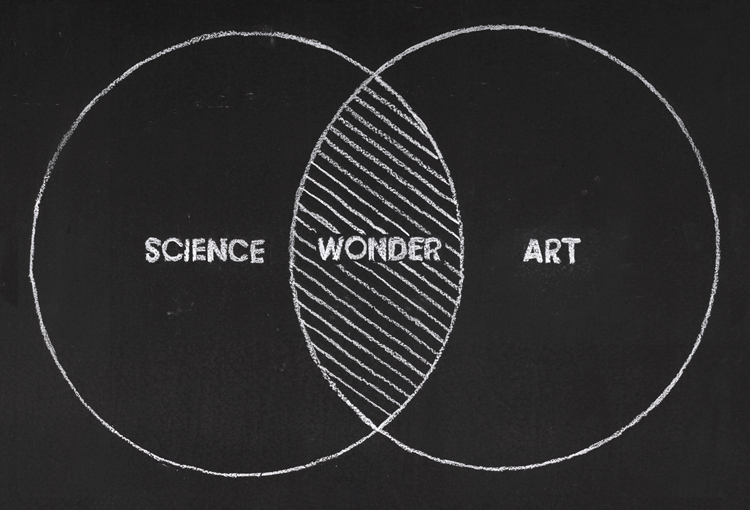
Image from Ned Kahn.com

Image from Buster Simpson.net
Out of an extremely wide field of artists dealing with science and all the myriad questions it raises, I have chose the following two to focus more attention on:
Pros
- His work connects to me on a primal level, because of its fascination with the elements.
- His work ranges from calming to exciting.
- His work resonates on a natural level displayed it displaying nature in a highly controlled, man-fashioned way.
Cons
- Understanding fluids and waves, which would add a lot to viewer experience, are often defined with complex science and underlying math.
- Often, his installations function as objects that inspire curiosity and no other direct outcome. While this is valuable, a case could be made against them for the use of resources and labour involved.
Pros
- He creates beautiful, sculptural objects.
- He illustrates direct links between parts of nature.
- There are a few projects that make direct environmental statements.
Cons
- His ideas are interesting, but usually implemented on a smaller scale than some artists.
- The science component of his projects is often not terrible complex.
- His work is certainly striking, but when viewed solely as images his work is not always as unique as other artists I researched.
